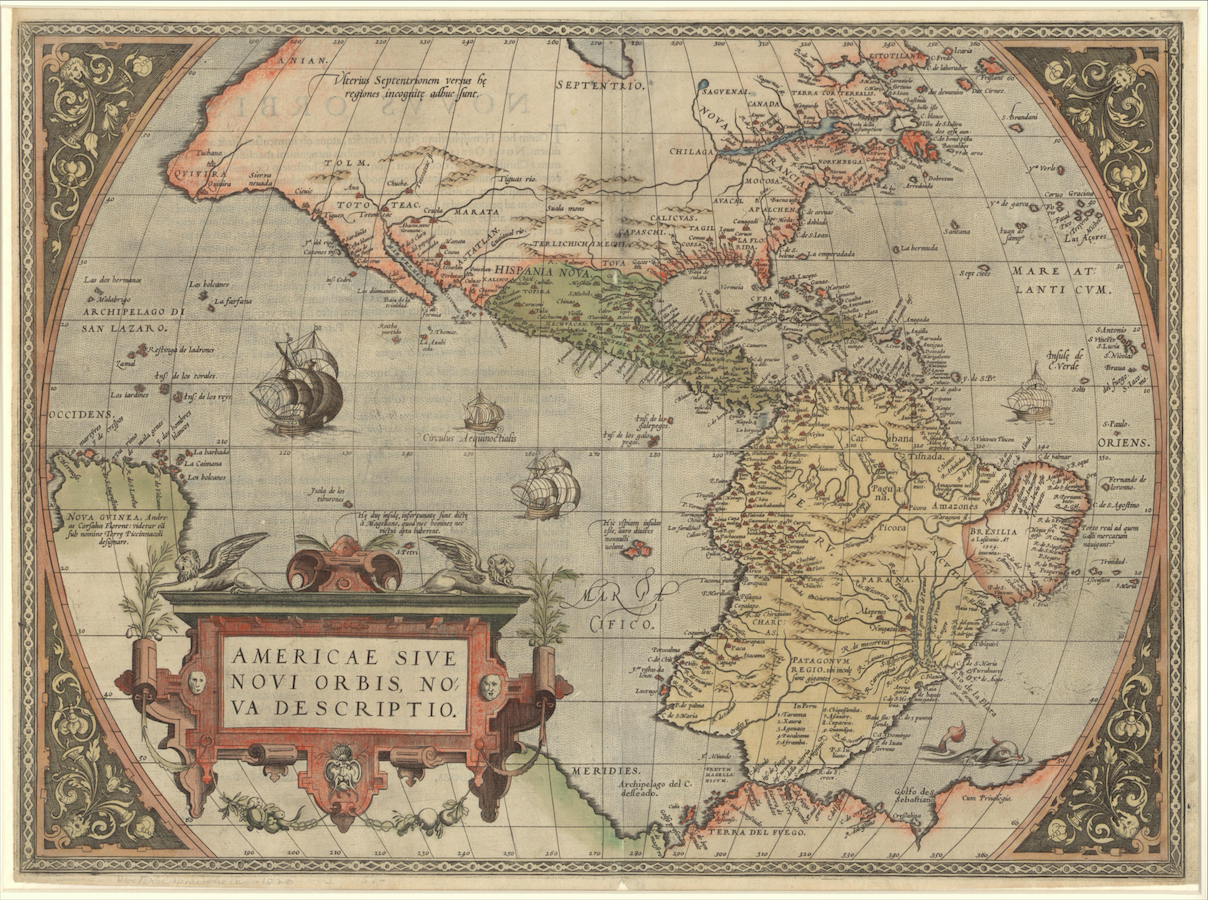The United States of America and the Netherlands share a long history, spanning more than 400 years. The (in-)tangible traces of this shared past can be referred to as “shared cultural heritage”. The Netherlands is planning to create more awareness about Dutch-American shared cultural heritage, as written in the International Cultural Policy Framework 2017-2020. In the past, the Shared Cultural Heritage Program of the Netherlands and the United States established sustainable collaborations with institutes concerned with the legacy of the New Netherland colony. Relatively little research has been done on the Midwest area, hence the aim of this blog will be to show what opportunities the Midwest has to offer.
The blog post will start by creating some context about the history of Dutch settlers in the mid-19th century. After that, each heritage institute will be elaborated on in one or two sentences, categorised per city (Holland, MI; Grand Rapids, MI; and others). You can click on the mapping below to get a sense of where the institutes are located in and around Michigan.
[googlemaps https://www.google.com/maps/d/u/1/embed?mid=1L-QqjFmvMUNgvty1a7zcprhI4jmAhY2m&w=640&h=480]
How It Began
In the 1840s, a group of Dutch members from a particular clerical denomination, called De Afscheiding (The Secession) migrated from the Netherlands to the United States under the religious leadership of reverends Albertus Christiaan Van Raalte and Hendrik Pieter Scholte. These “seceders” did not agree with the state-supported Dutch Reformed Church, so they separated from it in 1834 and created a new religious community. The appeal to move to the US was the Constitution’s guarantee of freedom, most notably of religion. Van Raalte founded the city of Holland, MI, and Scholte founded the city of Pella, IA. These places are still influenced by the Reformed Church and maintain some typical Dutch traditions today. The places that stand out for their spirit to celebrate Dutch-American shared cultural heritage are Holland, MI; Grand Rapids, MI; and others. Find a summary of their institutes below.
Mapping Holland, MI
- A.C. Van Raalte Institute: The A. C. Van Raalte Institute is a department of Hope College, which focuses on Dutch American history of the 19th and 20th centuries; the history of Holland, MI, and its subcultures; and the history of Hope College.
- Dutch in Michigan Historical Marker: The Michigan History Center has created a project that places historical markers throughout Michigan. There are more than 1,700 markers today, most of which are sponsored by local individuals and communities. One marker focuses on the Dutch settlers in Holland;
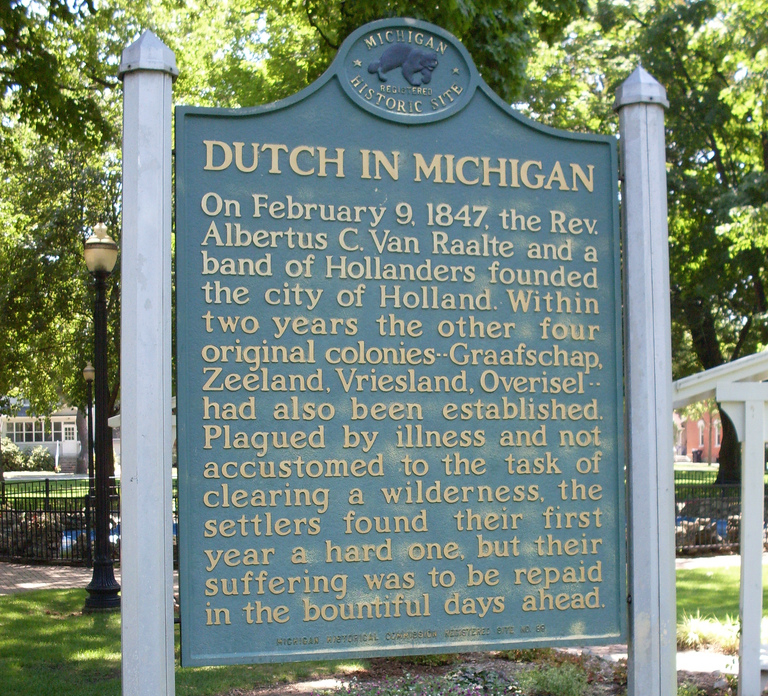
- Herrick District Library: Items in the collection are focused on early Dutch immigration to Michigan, such as records of founding families and early settlers. The Genealogy department offers how-to guides on building your family tree.
- Holland City Hall: The City Council consists of eight elected members, who, together with Mayor Nancy De Boer, appointed the new City Manager Keith Van Beek last April.
- Holland Museum: The museum holds well over 1,000 items relating to Dutch culture and history. The museum archives holds numerous letters, documents, diaries, photos that relate to the founding of Holland, MI. There is currently no staff responsible for the archives, so the public does not have access to the documents.
- Settlers House: Small Dutch family home built around 1867 that was lived in by a series of working class families over the course of its long history.
- Nelis’ Dutch Village: Dutch theme park located just north of Holland’s city centre, managed by the Nelis family. Attractions include Dutch dancing, an Amsterdam street organ and an authentic Dutch wind mill.
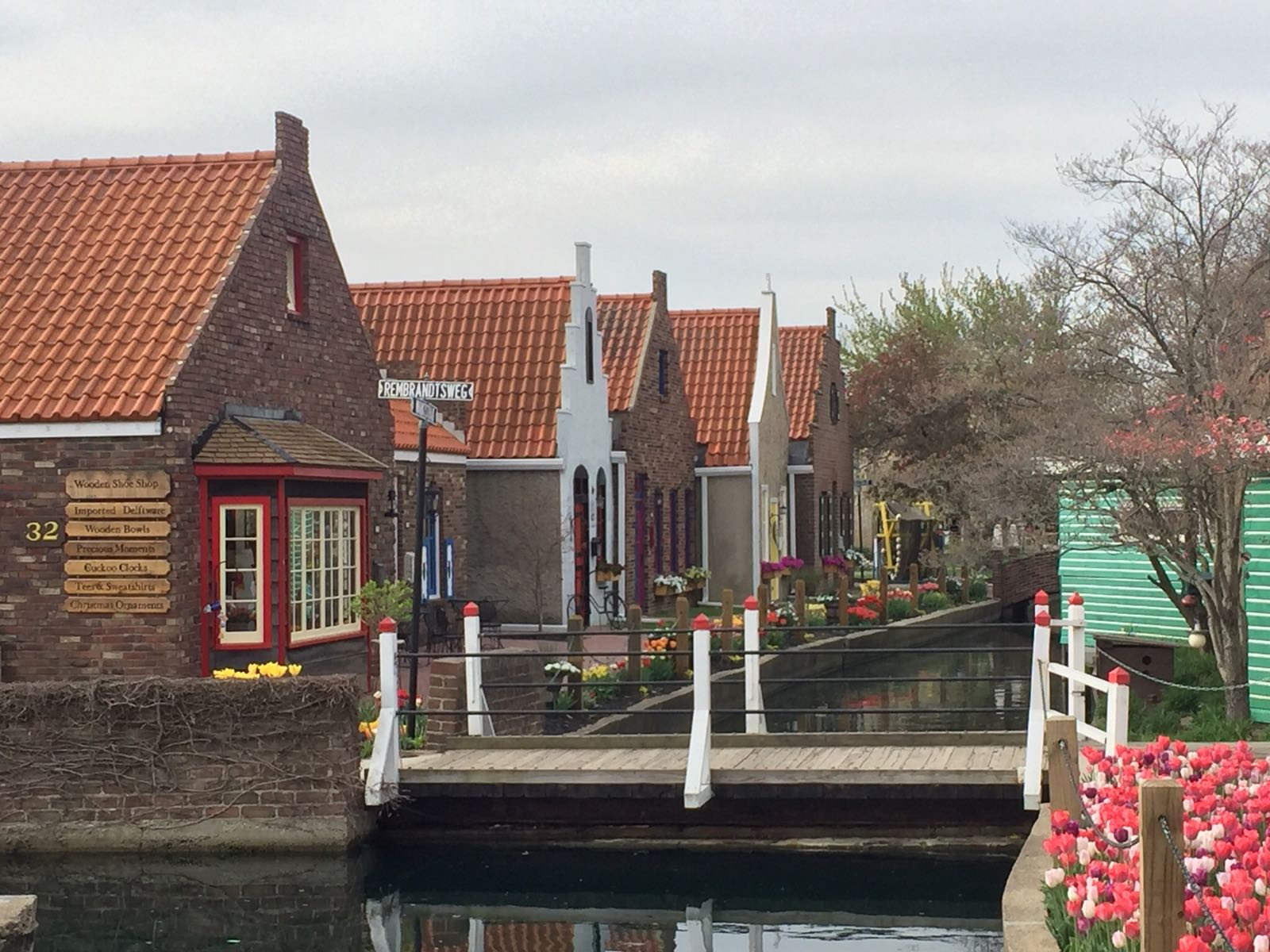
- Tulip Time Festival, Inc.: This festival was founded in 1929 in the city of Holland, MI, to celebrate the blooming tulips in May. Today, the festival has evolved and expanded so that Tulip Time now involves street scrubbing, Dutch dancing and various shows.
- Windmill Island Gardens: Touristic park with tulips and windmills, including an authentic Dutch windmill called De Zwaan, which was recently coined a Michigan Historic Site.
Mapping Grand Rapids, MI
- Grand Rapids Historical Society: The GRHS sponsors and organizes historical presentations to the local community through a collaboration with the Local History Department of the Grand Rapids Public Library. The GRHS highlights Dutch history considering the fact that Grand Rapids has a large Dutch population.
- Grand Rapids Public Library: The library contains archival records, books, and newspaper clippings about Dutch immigration in West Michigan. The library does not provide any distinct programming around the Dutch community; however, several lectures and research programs have been held on topics related to Dutch immigrants, like profiles of Dutch midwives in the 19th century.
- Grand Rapids Public Museum: The museum holds many collections relating to varying topics, such as the American Civil War, Native American Culture and African Art. It houses around two hundred objects related to the Dutch, but no distinct programming is being done on this topic yet.
- Heritage Hall: Heritage Hall makes available for research the records of Calvin College, as well as the records of the Calvin Theological Seminary and the Christian Reformed Church in North America (CRCNA).
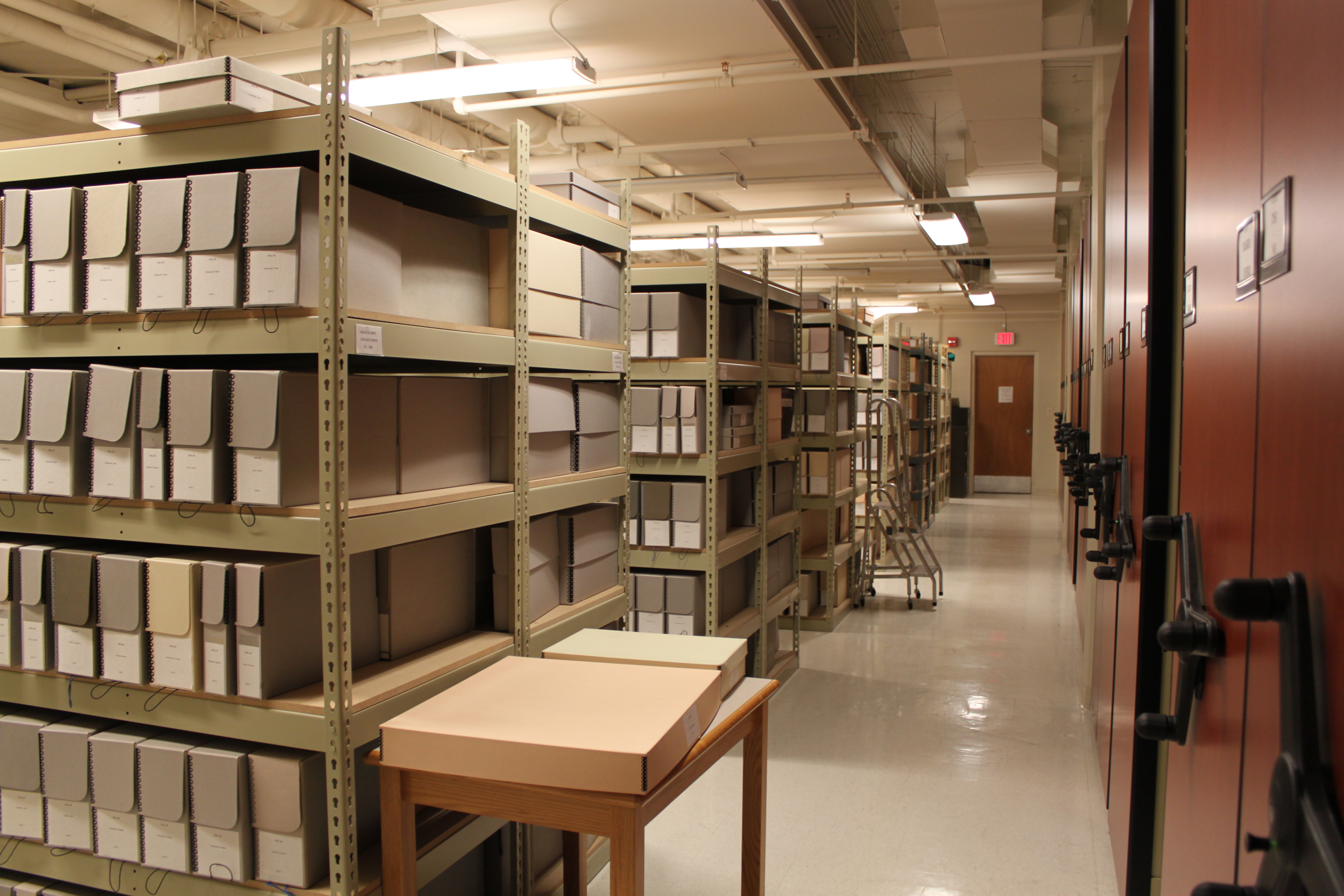
- Natural Storage: Gypsum mining began in 1841 by the Dutch. The mines are not active anymore – they serve as secure dry storage now, almost 100 feet below the cities of Wyoming and Grand Rapids, MI.
Other Important Places
- Archives of Michigan (Lansing, MI): The collection holds naturalization records from Ottawa County, which are those records that document the process of when an immigrant became a US citizen. Through these, one can see where their ancestor came from, Dutch heritage included.
- Art Institute of Chicago (Chicago, MI): This art institute is considered as one of the leading fine-arts institutions in the US. The library holds a number of publications on Dutch art, such as “Paintings, Drawings and Etchings by Rembrandt and His Circle”. The museum collection holds a number of Dutch artworks, such as “Composition (No. 1) Gray-Red” (1935) by Piet Mondriaan.

- Association for the Advancement of Dutch-American Studies: An international group with members throughout the US, Canada, and the Netherlands, who share a common interest in the history of the Dutch in North America. Every other year a conference is hosted, for example “H.P. School Sesquicentennial Conference, 1868-2018” will be held at the Pella Opera House from August 16th until 18th.
- Detroit Institute of Arts (Detroit, MI): Roughly 1,400 objects in the collection are catalogued as having Dutch makers, including paintings, sculptures, decorative arts, photographs, and works on paper. Dutch related programs are not offered on a regular basis, but do occur on demand (e.g. in October of 2012, the European Paintings Council offered a tour of the Dutch collection to its membership).
- K.B. Fine Art Gallery (Troy, MI): K.B. Fine Art is an online gallery of Dutch fine art, who are also represented in an ongoing display at the Michigan Design Center. Established in 2016 by Rick and Karin Breunesse, the gallery represents nine Dutch artists including René Jansen, Simon Balyon and Willem Heytman.
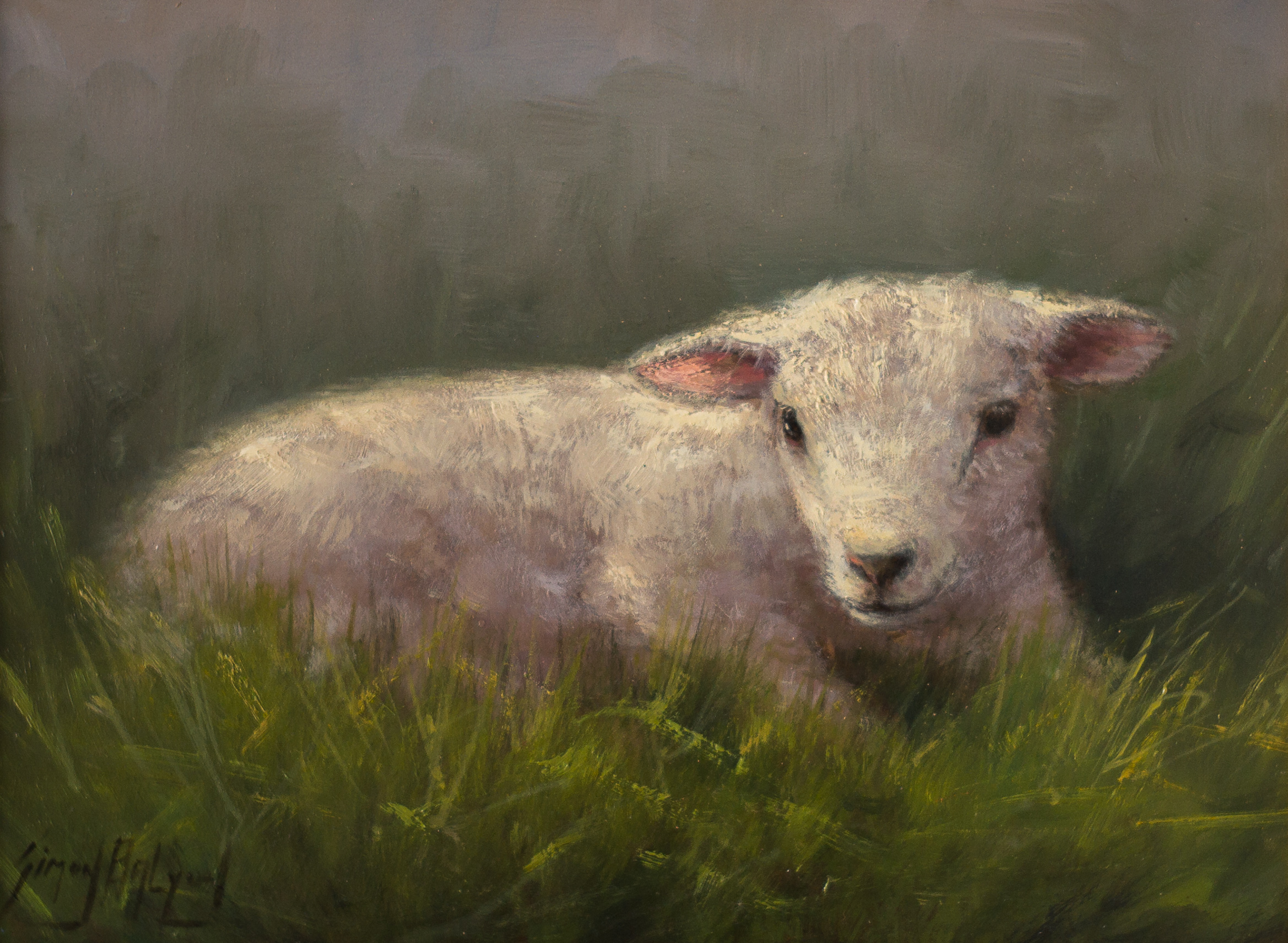
- Michigan Historical Commission: Body that advises the director of the Michigan Department of Natural Resources and approves of the Michigan Historical Markers.
- Michigan History Center (Lansing, MI): Encompasses twelve museums and historic sites throughout Michigan, including the Michigan History Museum. The Archives of Michigan are located in the same building.
- Pella Historical Society (Pella, IO): The Pella Historical Society was started in 1935 by a group of dedicated Pella citizens with a passion and vision to preserve the history of Pella and to tell the story of her settlers. Activities include a “Dutch Day Camp” every summer and classes on “Hindeloopen” Painting and Dutch Letter Baking.
- Pella Public Library (Pella, IO): The library collection includes a few books on the Dutch immigration to Pella and many family histories and genealogies.
- University of Michigan Library (Ann Arbor, MI): The library contains a strong and growing collection of Dutch seventeenth-century maps and atlases, which were exhibited this year during “Mr. Vignaud’s Maps: Unraveling a Cartographic Mystery from the Golden Age of Dutch Cartography”. Find more information about this topic on Dutch Culture USA.
